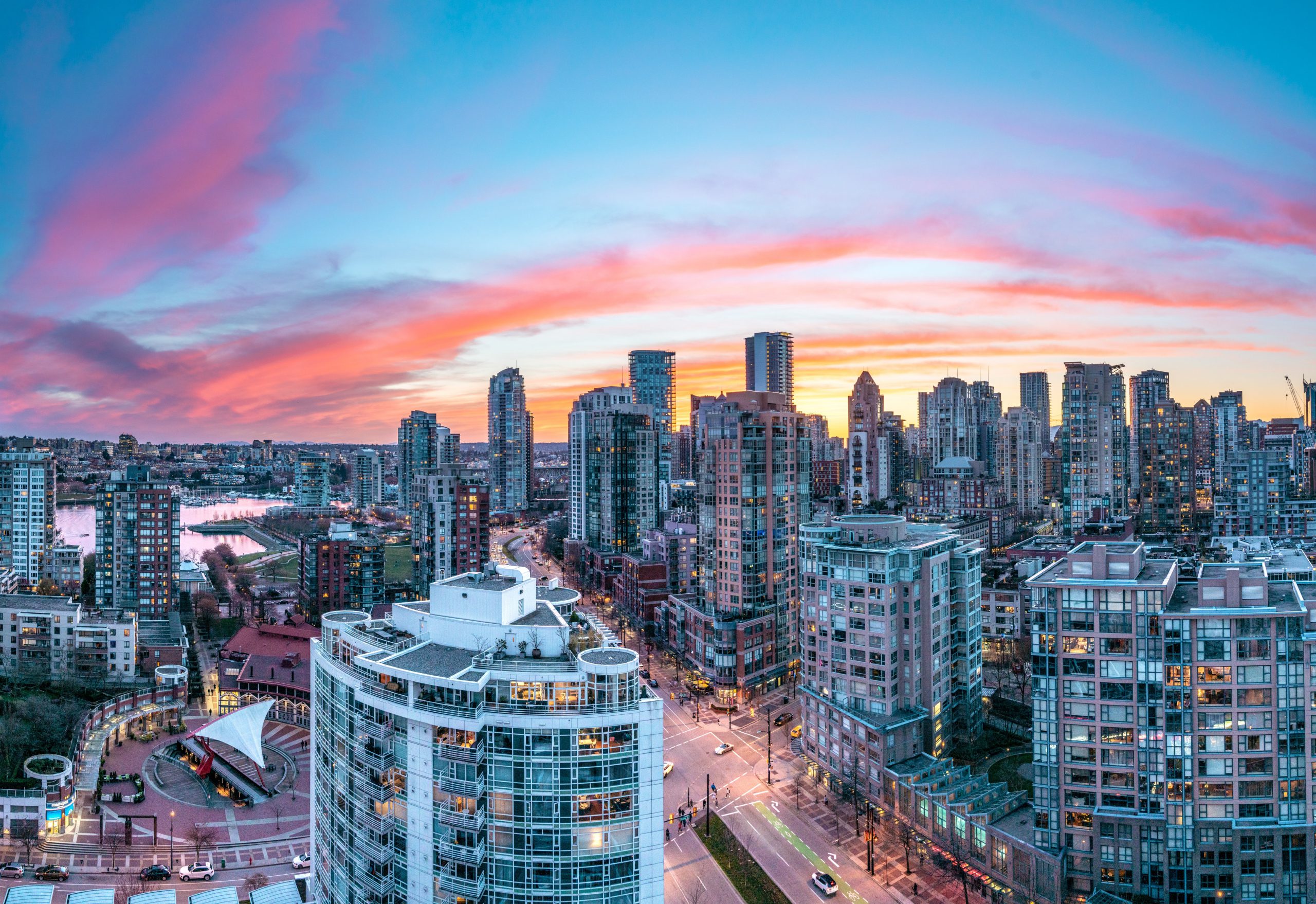Located in the south of Downtown Vancouver, Yaletown is one of the city’s trendiest neighbourhoods, rich in culture, art, and history. Thanks to the community’s remarkable ability to preserve much of Yaletown’s old structures, this area has a mix of the “old and new” aesthetic, creating a unique experience for residents and tourists alike. By simply walking through the streets, you can get an idea of how Yaletown’s development evolved over the years.
A Town Built by Trains
Yaletown owes much of its growth to the railway industry. The development of the Canadian Pacific Railway (CPR) in the late 19th century was an enormous catalyst for growth in Western Canada and particularly for British Columbia. Originally ending at Port Moody, the railway line was eventually extended to Vancouver (which was called Granville back then). This revolutionized tourism and travel in the area and was largely responsible for the development of the city since the CPR owned and managed much of the real estate in the area. Yaletown was named after Yale, BC, the original location for locomotive construction and repair work. These operations were subsequently moved to the neighbourhood once the railway had been completed. In 1887, the first transcontinental passenger train arrived in the area, and Yaletown was born!
The neighbourhood quickly became a bustling industrial hub, home to numerous warehouses for what became the wholesaling center of Western Canada. For a long time, industrial work largely defined the community’s character.
However, change came in the 70s and 80s. By then, the advent of truck-trailer transport meant that warehouses relocated closer to major highways and away from Yaletown. Well-to-do young, urban professionals discovered Yaletown’s now abandoned warehouses, and found them cheap, convenient, and stylish. It was exactly what they were looking for.
Keeping the Old While Embracing the New
Yaletown’s evolution from an industrial area to a cosmopolitan district shows just how dynamic of an area it is. Instead of demolishing the old buildings, warehouses, and working-class homes, the city transformed them into offices, restaurants, and condominiums.
While most areas retained the façade of the old buildings, developers converted and upgraded structures for various purposes. For example, one warehouse burned down and was replaced with the Opus Hotel, a chic space in the heart of Yaletown.
Another transformation the neighbourhood is particularly proud of is in their old loading docks. These raised platforms were used to help transport goods from vehicle to warehouse. Today, they’re the iconic, brightly-lit patios you see for outdoor seating or dining. Talk about a makeover!
But perhaps the biggest display of Yaletown’s adaptability is the Roundhouse Community Centre. What used to be the home of steam trains was converted to an arts and culture hub with a performance center, an exhibition hall, dance studios, and more.
A Feast for the Senses
Art is very important to Yaletown life, and it’s why every corner has a masterpiece just around the corner. From the Roundhouse, you can take an art walking tour around the area and find notable public pieces like the colorful “Watch Your Step” mosaics and the ingenious “Street Light” installation.
But what Yaletown is most known for is its vibrant restaurants. To help highlight the area’s different flavors, the city hosts Taste of Yaletown (TOY) every October. A next-level food tasting experience, diners are invited to try a variety of dishes from premier food spots throughout the neighbourhood.
Previous participants in TOY include Robba da Matti, an Italian restaurant specializing in homemade pasta, and Yaletown Brewing Co., Vancouver’s first brewpub.
From its history to its art scene, its traditional buildings to its innovative food concepts, there’s a lot to find in Yaletown. Expect a lot more, as the neighbourhood keeps on growing and evolving through time. It’s also why Yaletown is incredibly popular for buyers looking to make a real estate investment in this diverse, storied neighbourhood.

